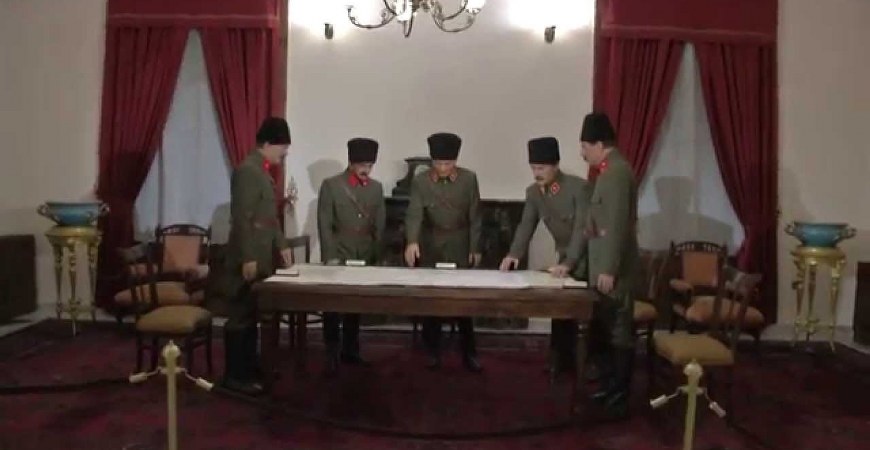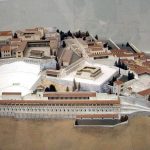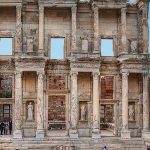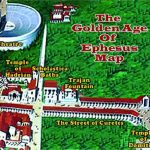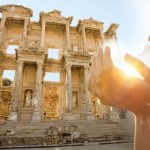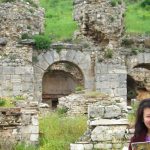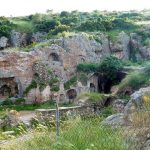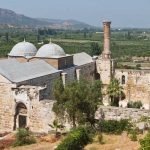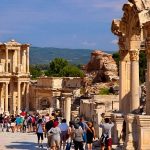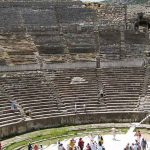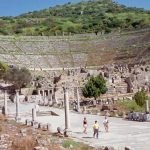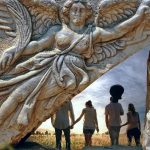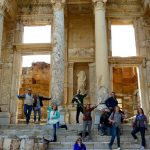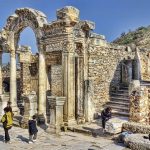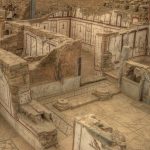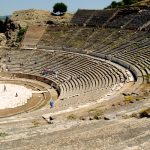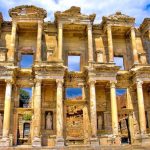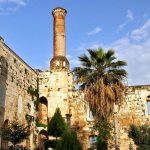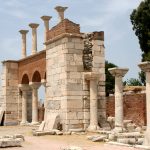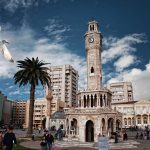Ataturk Museum and Tire Museum in Izmir,
Izmir Ataturk Museum:
Ataturk House and Ataturk Museum in Izmir are situated on Ataturk Boulevard in the district of Gundogdu.
Ataturk House was built from 1860-1862, used as a hotel for a while, then in 1927 bought by the Izmir Municipality who presented it to Ataturk. Ataturk stayed here during his visits to Izmir, and after his death, the house was preserved in its original state and turned into a museum.
Ataturk Museum is a two-story building whose facade is decorated with marble. The arched door leads to a long hall with doors opening onto side rooms and niches in the walls. To the right is a double flight of marble steps leading to the upper floor. At the foot of the stairs are statues. At the top of the stairs is a large carpeted room containing mirrors, statues, and armchairs. There is a balcony facing the sea, a balcony room, and a bedroom on either side. The room to the south is Ataturk’s bedroom, which has an Isparta carpet on the floor and velvet curtains at the windows. The room contains Ataturk’s bedstead, bed covers, commode, a velvet sofa and armchairs, mirrors, upright chairs, and pictures. A door leads to an adjoining bathroom. The room to the north is the one which the Shah of Iran, Riza Shah Pehlevi, stayed in when he visited Turkey as Ataturk’s guest. This room contains a bed.
In the other rooms of the museum are oil paintings, photographs of Ataturk, chests of drawers and mirrors, chandeliers, metal ewers, and bronze and marble statues. The caique which Ataturk used to use when in Izmir is near the entrance at the bottom of the stairs.
Tire Museum:
The Tire Museum was founded in 1935 in the Imaret Mosque in Tire, and in 1971 reopened in a new museum building. There are some archaeological items, but most of the works in the museum are ethnographic. There are four rooms on the upper floor, one of which contains archaeological items, while the other three contain ethnographical items.
Room 1: This room houses the archaeological section, and contains Roman period statues, a clay sarcophagus, a marble Hermaphrodite, a bas-relief of Cybele, statues of lions, and Roman period lamps, dishes, figures, and glass perfume and tear bottles. This room also contains gold Raman ornaments, and a collection of Roman, Byzantine and Islamic coins.
Rooms II – IV: These rooms contain examples of bridal embroidery (flower motifs worked in silver or gold thread), robes, jackets, handkerchiefs, purses for money, tobacco and seals, silver ornaments, gilded vases, censers, spoons, kitchen utensils, revolvers, swords, gilded handwritten Korans, lamps, and Ottoman period glass objects, from Tire.
On the ground floor, there are both archaeological and ethnographic works. Among the exhibits is a collection of tekke objects used by dervishes such as castanets, cymbals, tambourines bowls and axes. There are also guns, swords, tables inlaid with mother of pearl, clay heads, figures, lamps, dishes, crosses made of silver, mother of pearl and glass, agate seals, and masonry from the Roman and Byzantine periods. There are also carved wooden boxes and pediments, and the wooden pulpit pediment of Lutfi Pasha Mosque, and other examples of wood carving.

